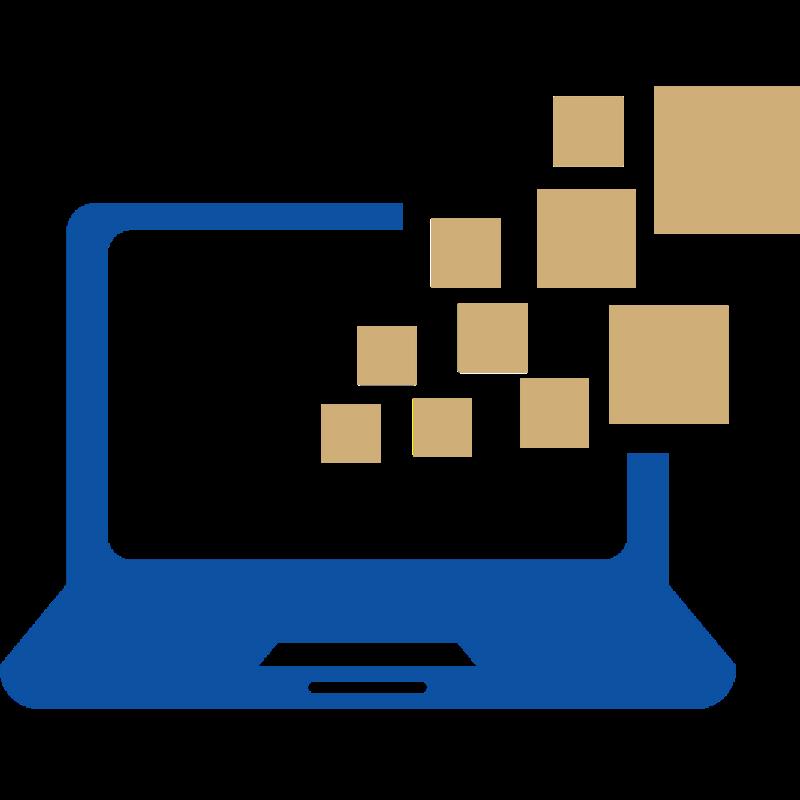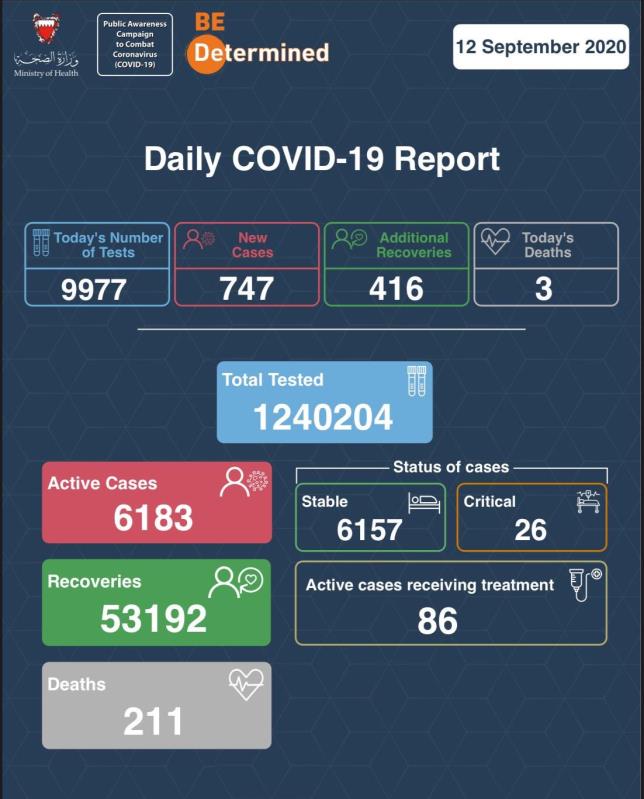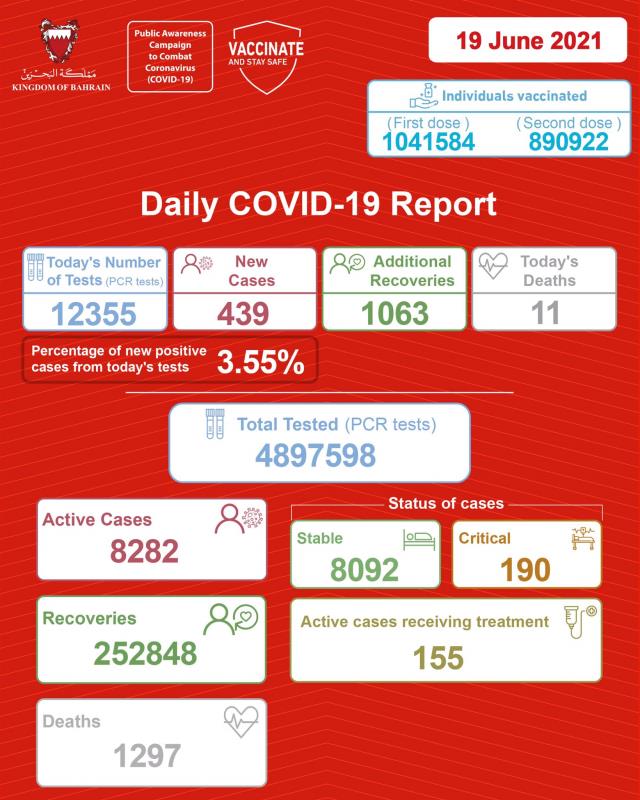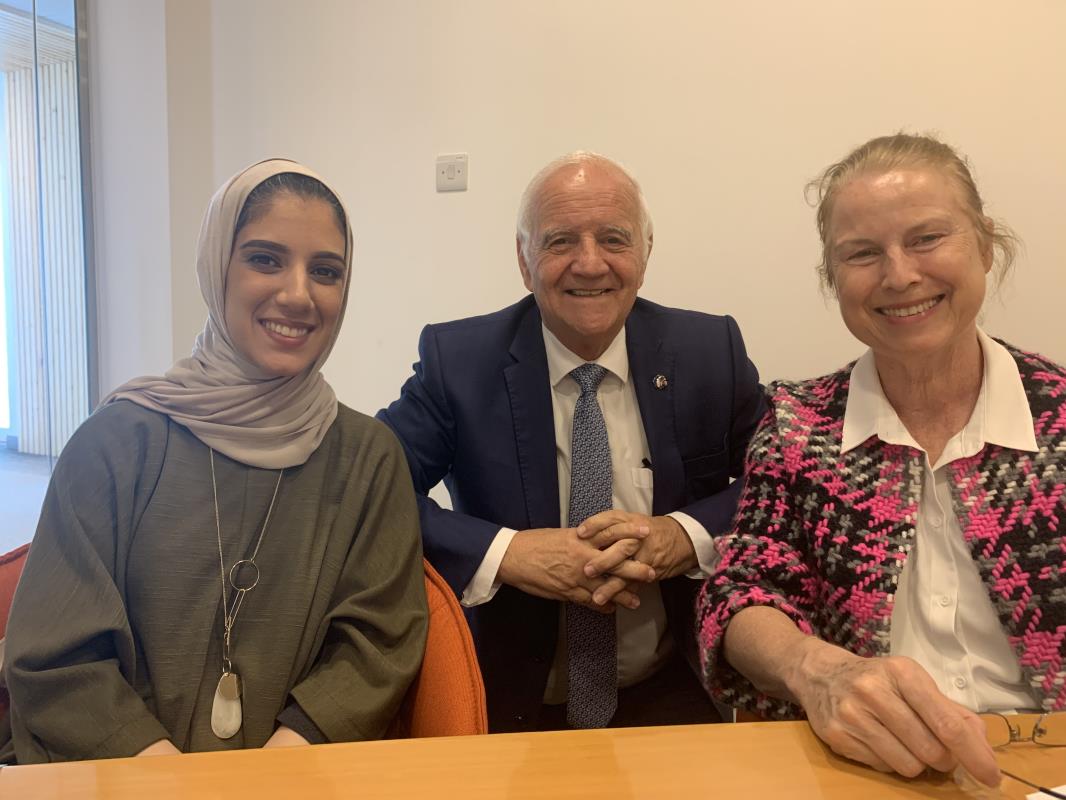
Alarming evidence emerging from different countries indicates the negative effect of school closures and disruptions on the learning performance of students. Despite the great efforts put forward by the government bodies to maintain an acceptable level of student learning, yet, the new long-distance mode of teaching, most of which use online platforms, has resulted in a decline in the level of student engagement during the lecturing time. To utilize the online platforms efficiently in the learning process, the class activities should be modified to allocate more time for student engagement and use the flip-class approach. This approach is successful, however, it requires the involvement of students and they must be encouraged to prepare before class time. The online platforms are viable tools that can be employed efficiently to improve students' engagement in the class and they are proven successful in several disciplines. Virtual platforms are becoming an essential part of the learning process even in normal conditions and many instructors use them in different ways. For the virtual platforms to be more effective, instructors should use all available channels for communication such as chat rooms, messaging, and conference call meetings. In the virtual class, the instructors can use collaborative learning tools such as a digital whiteboard to deliver the lecture online without the need to have students attend the class physically. The virtual platforms can promote learning and help reduce the costs of highly popular advanced courses that are offered worldwide. These platforms can help in maintaining an acceptable level of education all over the world. Virtual classes assist in worldwide learning without geographical restrictions as well.
Many examples can be drawn from the real implementation of the virtual classes during the COVID 19 period. For instance, on how to use the recorded material to explain a scientific software, the instructor records a lecture to explain the instructions on how to use the software, then the students can review this recording on their own time several times until feels comfortable with its idea. One-to-one virtual meetings with students are also another good example of how to utilize virtual platforms to interact with students on a one-to-one basis. This can support students outside the classroom, especially the struggling students who, in some cases, find it difficult to catch up with the pace of the lecture or feel shy to stop the instructor during the lecture or for some others miss the class for a legitimate reason. Instructor-student interaction to support students is widely used by many researchers and is proven to enhance the student performance for different disciples. This one-to-one virtual meeting can also be used for last year's project due to the limited contact times they have and the number of queries they usually encounter during their project. Students show significant improvement in their understanding of the material when they have the opportunity to chat with the instructor on a one-to-one level. This is simply because they feel more comfortable raising any questions without the fear of class stress when they are among their colleagues. The method is not new but still a key point in improving the students’ performance and applicability to all levels of education. The online platforms can also be utilized to compensate for the time outside the class by implementing the new technology and tools that are designed to help instructors design several activities that can allow students to interact continuously online. This approach is preferred by the majority of students. They tend to be very comfortable with any technology-oriented methods to keep in touch with instructors. Using social media and smartphones has been assessed by researchers and it was found Social interaction with students on Facebook may be an effective way instructors can capture these positive effects on student learning. This would help many students at times when the physical meeting is impossible and it is a very urgent matter especially if it is a quiz or exam-related question. Students can use the online platform to communicate with their instructors very frequently even in normal situations where they have to clarify small stuff which requires just easy and quick answers. Again, this method gave the student the chance to ask any question without being stressed by the classroom environment.
Virtual platforms are very crucial tools that can be used efficiently to compensate for the lack of physical attendance of students in the classes. However, these platforms need an adequate internet infrastructure that can handle the load and speed needed in any typical virtual class. The other important factor that must be considered is the ability of all students to have up-to-date internet access so that they interact smoothly without any networking obstacles.

















































